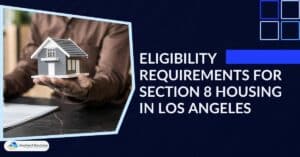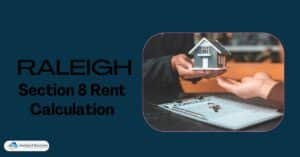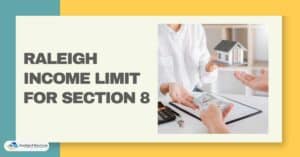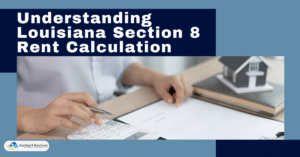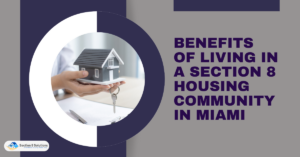Section 8 and subsidized housing both aim to provide affordable housing to low-income households, but differ in how they offer assistance. Understanding these differences is important for making informed decisions about housing needs.
In this blog, we will provide an in-depth understanding of the differences between Section 8 and subsidized housing. We will explore the eligibility requirements, application process, rent payment and tenant responsibilities, and other factors that distinguish these two programs.
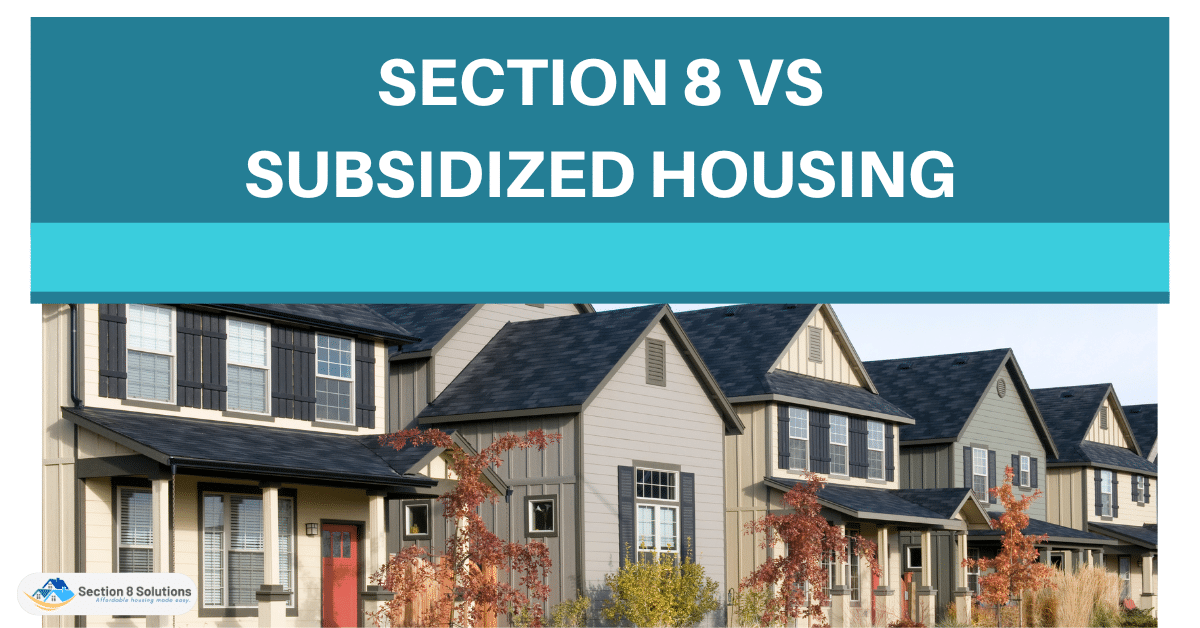
Is Subsidized Housing & Section 8 the Same?
Assistance with housing costs can be obtained through a variety of programs run by the United States Department of Housing and Urban Development (HUD), which is an acronym for the department’s full name. Those with low to moderate incomes can benefit from the quality low-cost housing that is provided by these programs since they collaborate with private and public housing organizations as well as nonprofit housing providers.
The question is: what’s the difference between Section 8 and public housing? Simply put, Section 8 is only one of the many subsidized programs that are made available by the Department of Housing and Urban Development (HUD).

What’s Section 8 Housing?
The 1937 Housing Act authorized the Section 8 Housing program. The program’s objective is to offer clean, safe housing to aged, disabled, and low-income people. The Housing Choice Voucher program accomplishes this.
Low-income households can use vouchers, which are transferrable subsidies, to reduce their monthly rent. The program is managed and funded by the U.S. Department of Housing and Urban Development (HUD), while local public housing authorities actually administer the vouchers (PHA).
The PHA bases its determination of program eligibility on the size of the household and the total annual gross income. To be eligible, your gross annual income must not be more than 50% of the area’s median income. Also, according to the law, 30% of the vouchers must be given to families whose income is less than 30% of the median income.
If you are eligible for Section 8 housing, you must pay rent and utilities using 30% of your monthly adjusted gross income. The PHA in charge of that family’s voucher pays the remaining 70% straight to the landlord.

What to Know About Subsidized Housing
Those who don’t have a lot of money are the target market for subsidized housing, which aims to meet their need for inexpensive accommodation. The amount of rent you pay is not dependent on the size of the dwelling in which you reside or the type of housing it is.
Rent-geared-to-income housing is where income determines rent. Rent usually accounts for 30% of your income, with the rest covered by the government or a private company. A subsidy is another name for this. It is referred to be a rent supplement when the amount of your subsidy does not depend on your income.

Types of Subsidized Housing
Housing Subsidization Types A single room, an apartment with one or more bedrooms, or a townhouse can all qualify as subsidized housing. Subsidized housing is occupied by a variety of people, including singles, couples, and families with young children.
Subsidies for housing are funded and managed in different ways:

- Co-operative (co-op) housing is owned and managed by resident members of the co-op. Co-ops get government funding to provide subsidized housing to low-income residents. Some co-ops are for specific groups of people called ‘mandates’, such as seniors, people with disabilities, or artists.
- Non-profit housing municipal or private. Private non-profits are owned and operated by independent, community-based groups like religious or ethnocultural groupings. Local governments run municipal non-profits.
- Local Housing Corporations are owned and managed by the local government body responsible for housing, social welfare, and ambulance services. Until 2001, Local Housing Corporations were owned by the provincial government and called “public housing.”
There are waiting lists for subsidized housing across Ontario. In some areas, the waiting list is more than 10 years. In other places, the wait is shorter.
Application Process and Waiting Lists
The local Public Housing Authority provides a Section 8 application form (PHA). Online or in-person applications require income, family composition, and other information. Tax returns, pay stubs, and bank statements may be requested to prove income.
Once an application has been submitted, the PHA will review it to determine whether the household is eligible for Section 8 assistance. Eligibility is based on a variety of factors, including income, family size, and citizenship status. If the household meets the eligibility requirements, it will be placed on a waiting list for Section 8 assistance.
A household may wait years for Section 8 aid due to strong demand. Some PHAs prioritize households with children, elderly or disabled people, or victims of domestic violence. Check with your local PHA for qualifying and waiting list requirements.

Advantages and Disadvantages of Section 8
Under this program, eligible participants receive a voucher to help pay for their rent and utilities. Section 8 has certain drawbacks, including restricted funding and landlord prejudice, but it also offers financial aid and rental unit flexibility.
Pros of Section 8
- You’ll generally not need to worry about the Section 8 paid portion of the rent being late, as it comes directly from the local public housing agency every month.
- Tenants must meet and adhere to certain requirements of the Section 8 program or potentially be faced with being dropped from the program. For example, one of the expectations is that the tenant complies with the terms in their lease.
- Housing Authority will conduct annual inspections of the unit, making sure the tenant is not destroying the property.
Cons of Section 8
- The local public housing agency must annually assess the rental for habitability to qualify it for Section 8 residents. This is a “con” since the landlord must follow the government’s habitability criteria. Just bear this in mind.
- If the landlord provides a property that meets all Section 8 requirements, but the tenant neglects it or fails to report maintenance issues, the tenant may be expelled. No rent, income, or damages are covered.
- The tenant must follow the Section 8 program’s standards to preserve their status, but they may not, leaving the landlord with a tenant who can’t pay the rent.
Section 8 tenants are harder to handle than unsubsidized tenants. Section 8 tenants usually leave more trash and damage the property than other tenants. Maybe it’s because they don’t think they’re financially responsible, or maybe low-income tenants are cleaner. But, Section 8 renters are harsher on a property, therefore we don’t rent to them until the rental market is depressed.

Rent Payment and Tenant Responsibilities
Section 8 vouchers assist eligible households to pay rent in privately owned housing. The amount of the voucher is based on the household’s income and the local market rate for rental housing. Typically, households are responsible for paying 30% of their income towards rent, and Section 8 covers the remaining balance.
Households must pay rent and obey the lease agreement, including cleaning and reporting damages. These conditions must be met to avoid Section 8 voucher cancellation or eviction.

Conclusion
Section 8 and subsidized housing help low-income families afford to house. When deciding on a household’s housing needs, there are some important variations between the two options. Subsidized housing requires renters to pay 30% of their income for rent, while Section 8 allows transferrable subsidies to lower monthly rent.
Additionally, Section 8 requires tenants to comply with certain regulations in order to remain eligible for assistance while subsidized housing has less stringent eligibility requirements. Understanding these key differences will help households make informed decisions about their housing needs.


